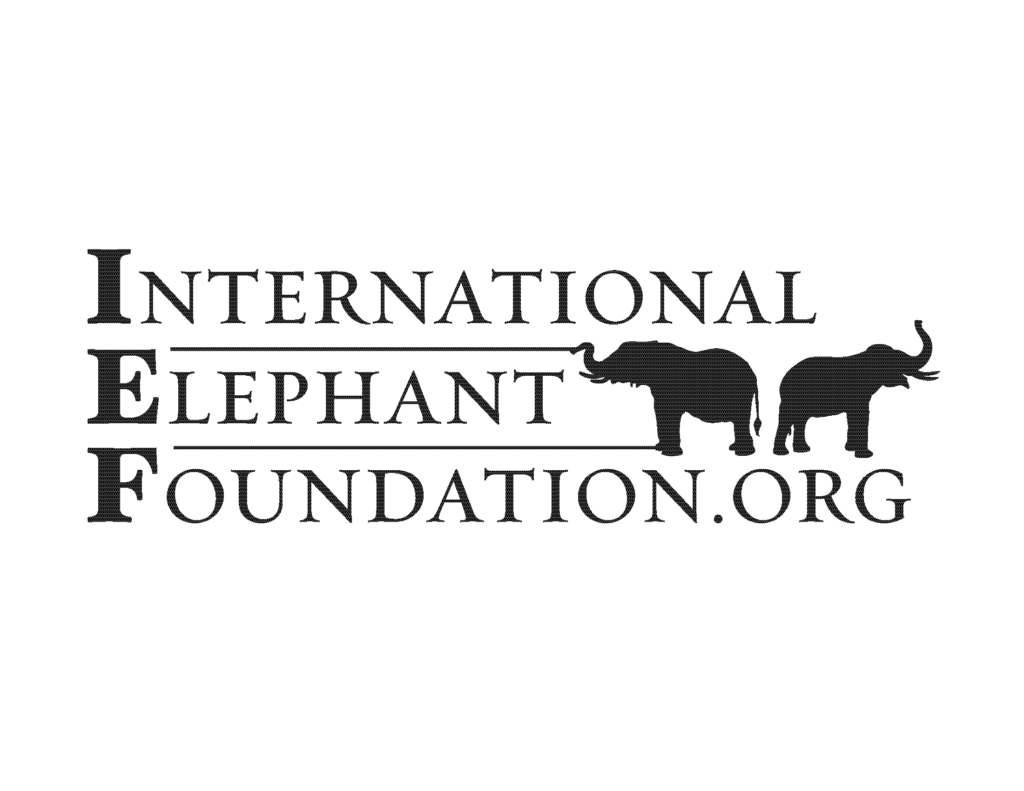Monitoring to Mitigate Conflict: A Data-Driven Approach
ECOWICE, committed to fostering coexistence between humans and wildlife, has implemented a multi-layered approach to monitor and address these human-elephant conflicts. Through direct field observations and community feedback, ECOWICE is documenting the extent of the damage caused by elephants while gaining a clearer understanding of the conflict’s scale.
One of the core strategies involves the establishment of monitoring transects in areas with frequent crop-raiding incidents. These transects enable ECOWICE to systematically observe elephant behavior, assess the damage, and collect essential data that inform future interventions. By incorporating community voices, the organization ensures that local knowledge and experiences guide the development of effective solutions.
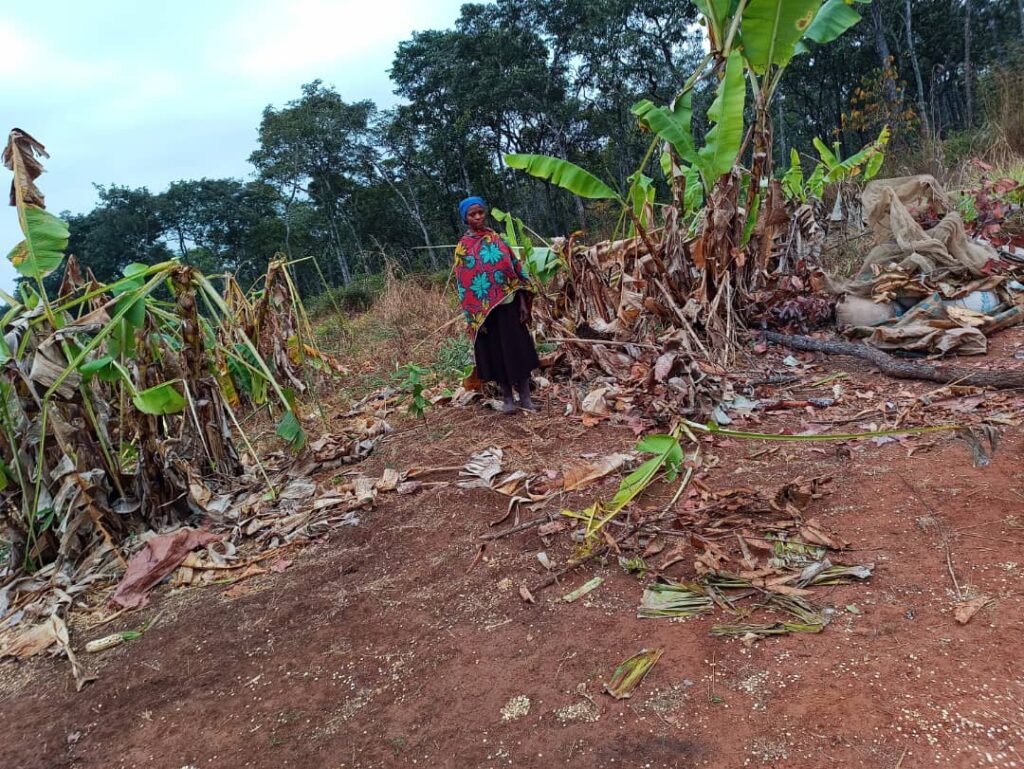
Conflict Drivers: Farmlands and Forest Fires
One of the key drivers of conflict identified by ECOWICE is the presence of farmlands along riverbanks, areas that elephants frequently traverse during their migration. These fertile lands, crucial for local agriculture, also attract elephants in search of food and water. As a result, farms along these riverbanks are particularly vulnerable to crop raids, putting farmers in direct conflict with wildlife.
In addition to farmland encroachment, the emergence of forest fires poses another significant challenge. Fires, whether caused by natural events or human activities, destroy critical habitats, forcing elephants to alter their migration routes and bringing them closer to human settlements. This habitat destruction further exacerbates the tension between humans and wildlife, as elephants are driven into farmlands in search of food, increasing the risk of crop destruction.
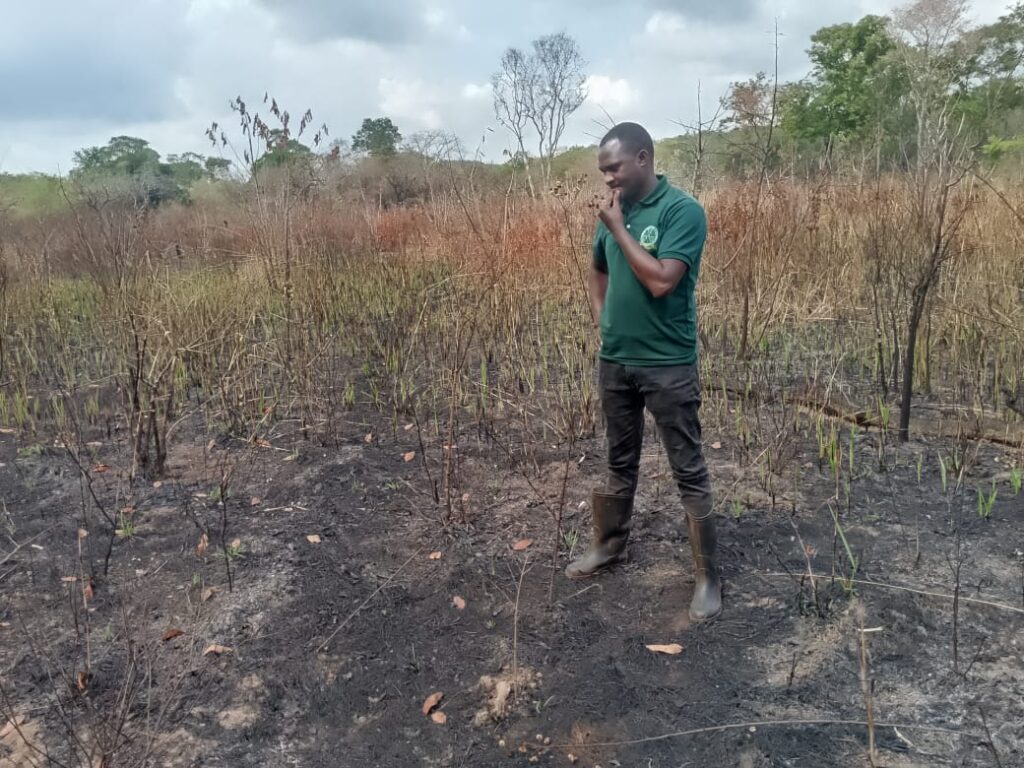
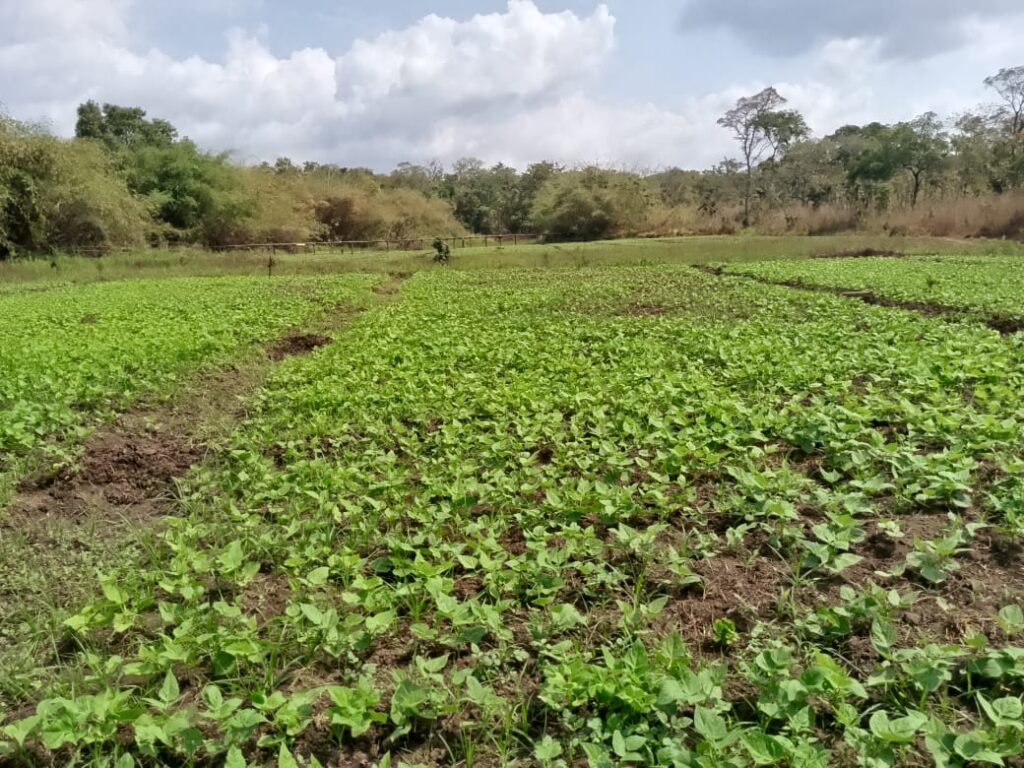
Monitoring and Mitigating the Conflict: A Data-Driven Approach
ECOWICE is taking a multi-faceted approach to tackle these issues, combining community feedback with on-the-ground monitoring. By establishing monitoring transects in high-conflict areas, such as farms along the river, ECOWICE is gathering essential data on elephant movements and behavior. This helps the organization better understand the scope of the conflict and identify patterns that can inform future interventions.
To enhance these efforts, camera traps and cellular cameras have been installed to track elephant movements in real-time, providing critical insights into their distribution across the region. This technology not only helps monitor elephant activity but also enables faster response times to prevent or mitigate crop raids before they escalate. These innovative tools are helping ECOWICE to stay one step ahead in managing human-wildlife conflict.
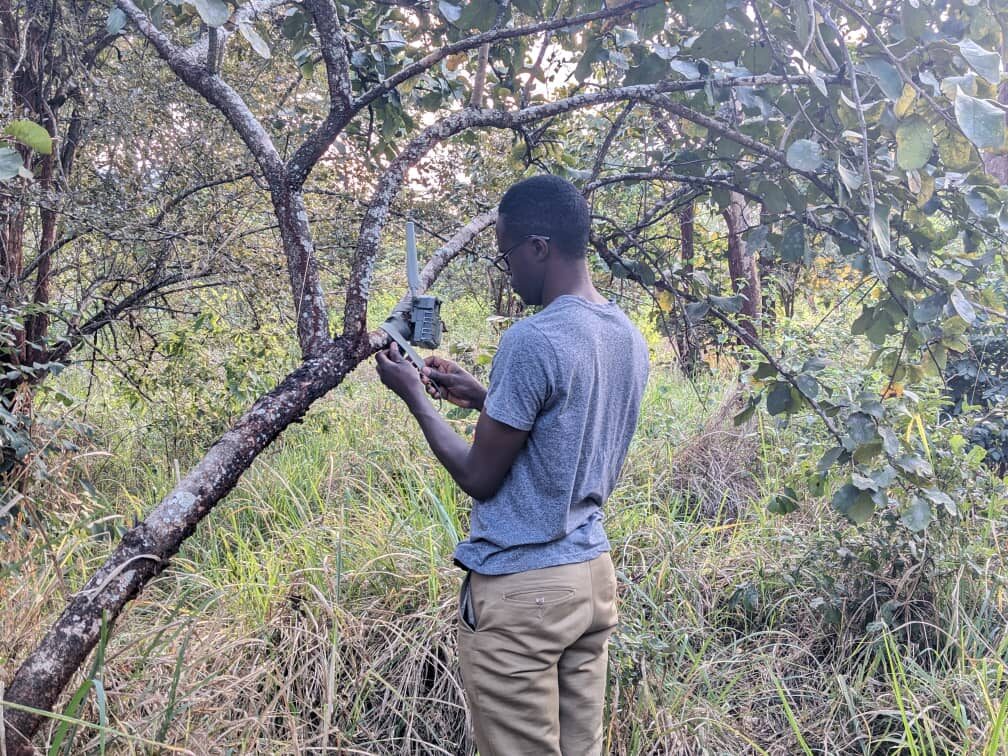
A Vision for Sustainable Coexistence
As the Selous-Niassa corridor remains a vital habitat for elephants, ECOWICE continues to expand its conflict mitigation efforts. By focusing on data-driven solutions, community engagement, and sustainable land-use practices, the organization is paving the way for peaceful coexistence between humans and elephants. This initiative serves as a model for other regions facing similar challenges, demonstrating that local solutions can have a global impact.
Through continued collaboration with communities, conservationists, and donors (Including International Elephant Foundation), ECOWICE is building a future where both wildlife and humans can thrive together, contributing to broader conservation goals and ensuring the sustainability of Tanzania’s natural heritage.
